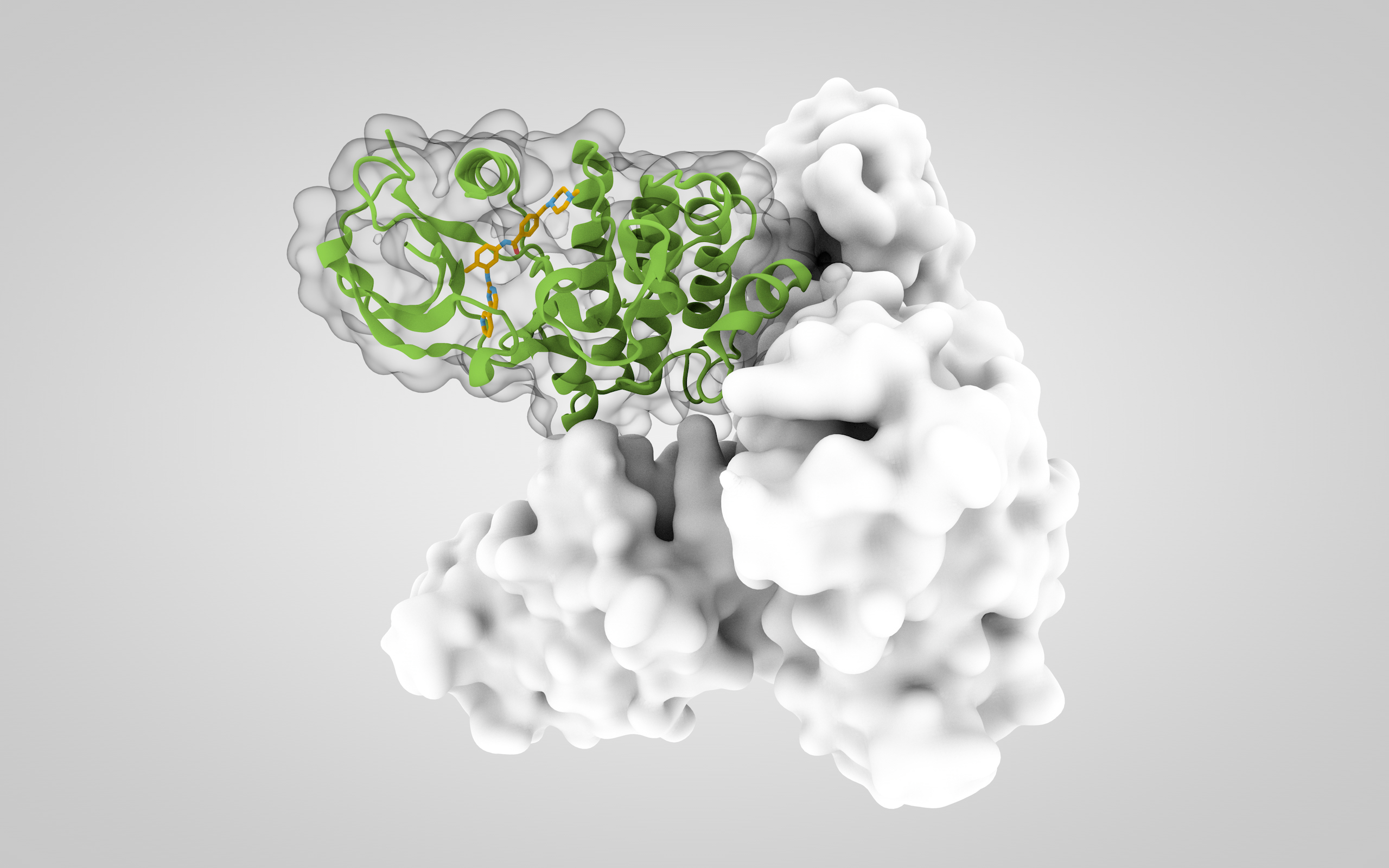Ataxia-Related Protein Plays Key Role in Regulating Neuronal Growth

In a recently published paper entitled “BNIP-H Recruits the Cholinergic Machinery to Neurite Terminals to Promote Acetylcholine Signaling and Neuritogenesis“, published in the Developmental Cell journal a team of international researchers identified an ataxia-related protein that regulates the growth of neurons by transporting key metabolic enzymes to the extremities of these cells.
Ataxia is a disorder characterized by the functional impairment of the nervous system, which results in the lack of voluntary coordination of muscle movements that in some cases, can be limited to one side of the body. Patients suffering from ataxia may experience symptoms like poor coordination, unsteady walk and tendency to stumble, difficulties with motor task like eating/writing, change in speech, difficulty in swallowing, and involuntary back-and-forth eye movements. Many conditions can cause ataxia, including inherited defective gene, alcohol abuse, stroke, tumor, cerebral palsy, and multiple sclerosis. From the mechanism viewpoint, the neurotransmitter acetylcholine which transmits signals across a junction from one neuron to another, is known for its involvement in cognition and motor functions. Imbalances in this neurotransmitter are linked to diseases like ataxia. However, little is known about the spatial and temporal regulation of its synthesizing machinery.
To answer this question, the team of researchers from the National University of Singapore in collaboration with other institutions investigated the biological roles of the ataxia related protein BNIP-H in cell lines of cultured neurons as well as in zebrafish models, using biochemical based methodology. They found that the BNIP-H protein transports an enzyme known as ATP citrate lyase (ACL) to the extremities of neurons which in turn recruits an enzyme called choline acetyltransferase (ChAT) to synthetize acetylcholine.
In vitro experiments showed that by expressing more BNIP-H in cultured cells, acetylcholine synthesis increased whereas reducing its expression resulted in lower levels of acetylcholine. In turn, increased levels of acetylcholine activated a chain of signal communicating proteins called MAPK/ERK that promoted the growth of neuronal projections named neurites which are responsible for body movement coordination. Further data demonstrated that a mutant form of the BNIP-H protein linked to Cayman ataxia disorder is caused by malfunction in the transport of the ACL enzyme. In zebrafish models of Cayman ataxia, motor dysfunctions could be reproduced by decreasing expression of BNIP-H, ACL or ChAT enzymes.
“We established the first ACL-based ataxia model in the zebrafish that recapitulates the ataxic phenotype seen in human patients. Our findings provide the first detailed understanding at the molecular, cellular and organism levels on how defects in ACL trafficking impairs cholinergic signaling that leads to the development of ataxia”, said Prof. Low, corresponding author of the investigation
These findings demonstrate that ataxia-related protein BNIP-H plays a key role in regulating neuronal growth. In the future, researchers plan to further identify the role of BNIP-H in acetylcholine neurotransmission. Clinically, these data could open up new avenues to design drugs for ataxia and other neurotransmitter related diseases like Alzheimer’s, Down’s syndrome, and schizophrenia.






